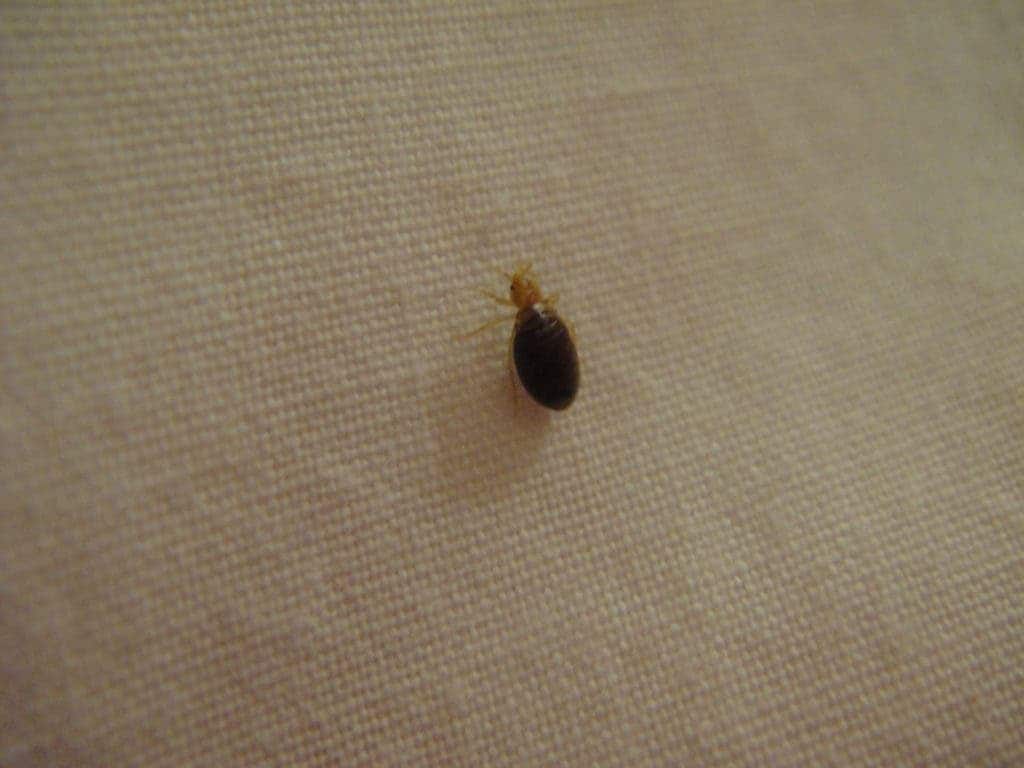It’s hard to say who the bigger threat was.

For all their differences — one being a small, brownish insect, and the other being one of the biggest predators in history — bedbugs and T-Rex have surprisingly much in common. For starters, they both strike fear into the hearts of humans, although one in a Hollywood-Jurassic-Park kind of way, and the other in a more realistic “Oh God I hope I don’t have bedbugs” kind of way. Now, a new study shows that the two might have something else in common: they roamed the land 115 million years ago.
Bedbugs are some of the nastiest insects you can have in your house, and, as anyone who’s ever had an infestation can attest, they can also be very difficult to get rid of. However, much of the evolutionary history of these parasites is unknown. Researchers previously thought that the first host of bedbugs were bats, but the new study shows that bedbugs roamed the land about 30 million years before bats ever emerged.
Dr. Steffen Roth from the University Museum Bergen in Norway, who led the study, comments:
“The first big surprise we found was that bedbugs are much older than bats, which everyone assumed to be their first host. It was also unexpected to see that evolutionary older bedbugs were already specialised on a single host type, even though we don’t know what the host was at the time when T. rex walked the earth.”
To reach this conclusion, Roth, along with Professor Mike Siva-Jothy from the University of Sheffield and colleagues undertook a dangerous journey. They spent 15 years collecting samples from wild sites and museums around the world, including Ebola-invested caves and dangerously high bird cliffs in South East Asia, constructing an evolutionary history of bedbugs.
The team mixed fossil dating with phylogenetic analysis to figure out when bedbugs evolved — over 100 million years ago. Also, all species are blood-sucking parasites and have adapted to different hosts several times throughout history. Some species were “specialists”, focusing on a single species or group of species, while others have remained “generalists”, jumping from host to host. Bedbugs were unlikely to be able to feed on the blood of dinosaurs, so it’s unclear what hosts they preferred at the time.
The analysis also suggests that every half a million years, on average, a new species of generalist bedbugs emerges — however, given the environmental condition in today’s world, it might not take that long. Professor Klaus Reinhardt, a bedbug researcher from Dresden University in Germany, who co-led the study, comments:
“These species are the ones we can reasonably expect to be the next ones drinking our blood, and it may not even take half a million years, given that many more humans, livestock and pets that live on earth now provide lots more opportunities.”
The study has been published in Current Biology.


